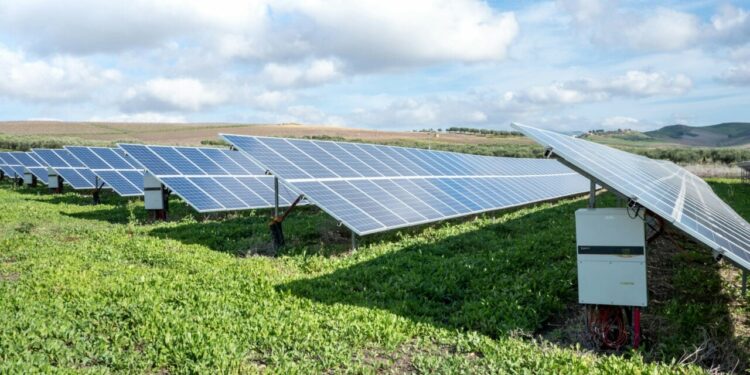Table of Contents
The Rise of Solar PV in Southern Europe
Spain and Italy are setting ambitious targets for solar PV installation by 2030. Spain aims to install 76GW, up from 39.1GW, while Italy plans to reach 80GW, up from 52GW. Portugal has more than doubled its target from 9GW to 20GW, and Greece increased its target from 7.7GW to 13.4GW.
Challenges Faced by Iberian Countries
Spain and Portugal have been experiencing significantly low energy prices in the EU market recently, causing concerns about price cannibalization in the solar industry across Europe.
The issue arises due to the lack of interconnection between Iberian countries and the rest of Europe. There are discussions about building a cross-border transmission line with Italy rather than relying on France as a connection point.
Additionally, Spain is facing challenges related to a bottleneck in engineering capacity and grid expansion lagging behind solar PV capacity growth.
Greece’s Renewable Energy Growth
Greece has seen a rapid growth in renewables despite lower electricity demand following the COVID-19 pandemic. This has led to an increase in curtailment of renewable energy and near-zero prices.
Greece has implemented injection limits as a temporary solution for grid congestion caused by fast-paced renewables growth compared to demand. The country is also considering co-location of solar PV with battery energy storage systems (BESS) as a way forward for future projects.
Implementing Injection Limits
To address grid congestion issues caused by rapid renewables growth, Greece has implemented injection limits that cap the power capacity provided by projects to the grid until it can accommodate more capacity through ongoing network expansions.
Kefalas expects that solar-plus-storage will become increasingly significant in Greece’s energy landscape as standalone solar projects face challenges with grid connection.
Italy’s Ban on Solar Development
The Italian government recently introduced a ban on ground-mounted solar PV projects on agricultural land, which could hinder achieving their set targets for solar installation because this type of land could provide half of what is still needed.
The impacts extend beyond regulatory approvals for new developments; this ban could cost €60 billion worth of investments into utility-scale solar installations that would help drive down electricity prices throughout Italy.”
Conclusion:
Germany aside: A Look at Solar Energy Plans Across Southern Europe
By implementing these measures while focusing on addressing current challenges faced by these countries—low electricity demand relative high levels amounting €10/MWh (US$10[33] average spot§copyright use plagiarism? Or not? Yet.) given recently markets important role light green hydrogen,” After enough arrived next “cannibalisation” often high already most (& Germany) islands create plan takeBoth technologies being (!!The article above was generated using an AI writing assistant.)











